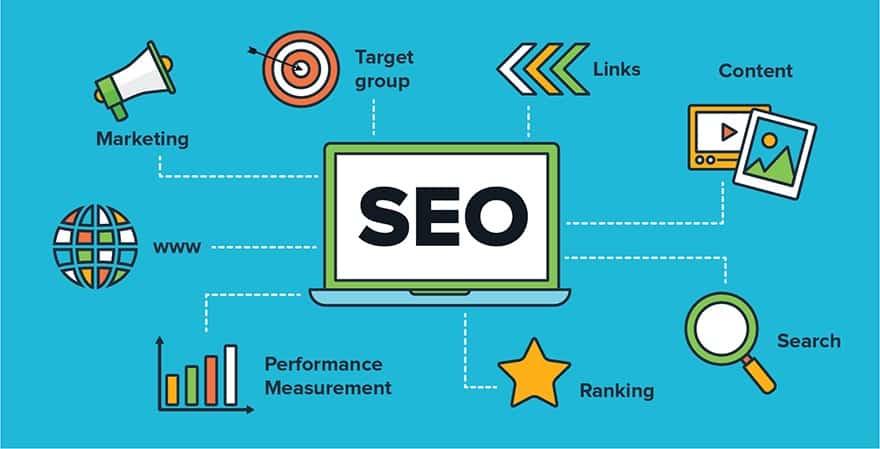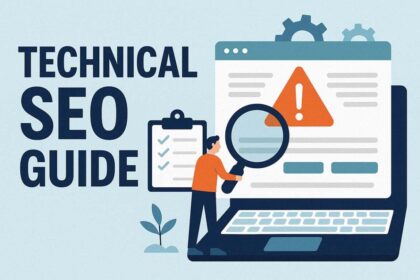In the fast-paced digital landscape, where attention spans are dwindling and competition is just a click away, the importance of website speed optimization has never been more critical. Just as a well-tuned engine propels a vehicle to its destination, a swiftly loading website can drive traffic, enhance user experience, and boost search engine rankings. Enter the world of SEO and performance enhancement, where the delicate balance of aesthetics and functionality must align to create a seamless browsing experience. In this article, we will delve into the essential strategies and techniques for mastering SEO website speed optimization, unlocking the potential of your online presence and ensuring that your visitors are greeted not with a spinning wheel, but with instant access to the content they crave. Whether you’re a seasoned webmaster or a small business owner looking to elevate your site’s performance, understanding and implementing these speed optimization tactics can set you apart in the digital race. Let’s explore the tools and insights that promise to transform your website into a lightning-fast gateway for users and search engines alike.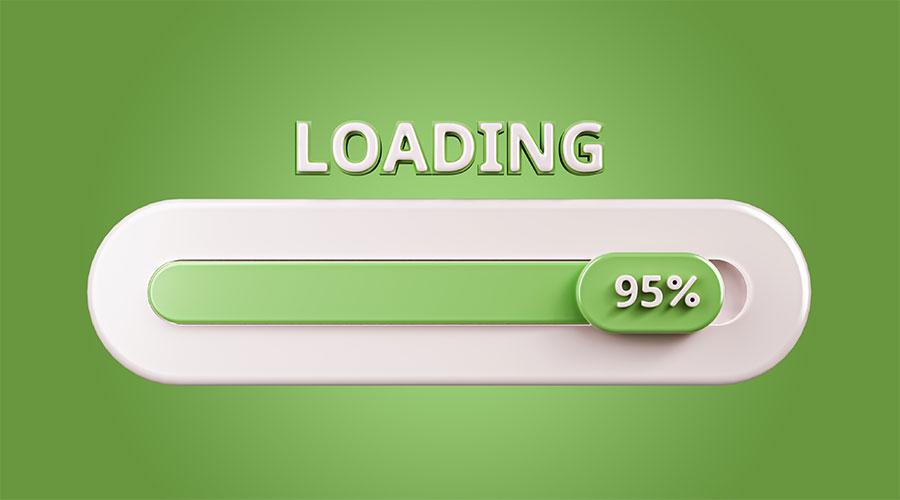
Enhancing User Experience Through Fast Loading Times
In the digital landscape where attention spans are fleeting, the significance of loading times cannot be overstated. A website that loads rapidly not only retains visitors but also fosters a sense of credibility and professionalism. When users encounter a fast-loading page, they are likely to experience reduced frustration, leading to increased engagement and an overall positive experience. This can positively influence key performance indicators such as bounce rates and average session durations, both of which are crucial for search engine optimization.
To optimize loading times effectively, consider implementing the following strategies:
- Image Optimization: Compress images without sacrificing quality to enhance loading speed.
- Minification of CSS and JavaScript: Remove unnecessary characters from your code to streamline performance.
- Leverage Browser Caching: Allow static resources to be stored on users’ devices for faster subsequent visits.
- Content Delivery Network (CDN): Utilize a CDN to distribute your content globally, ensuring quicker access for all users.
Integrating these techniques can not only accelerate your site but also enhance the overall user experience. Below is a simple yet effective comparison table showcasing the benefits of fast loading times versus slow loading times:
| Aspect | Fast Loading Times | Slow Loading Times |
|---|---|---|
| User Retention | Higher | Lower |
| Search Engine Ranking | Improved | Declined |
| Conversion Rates | Increased | Decreased |
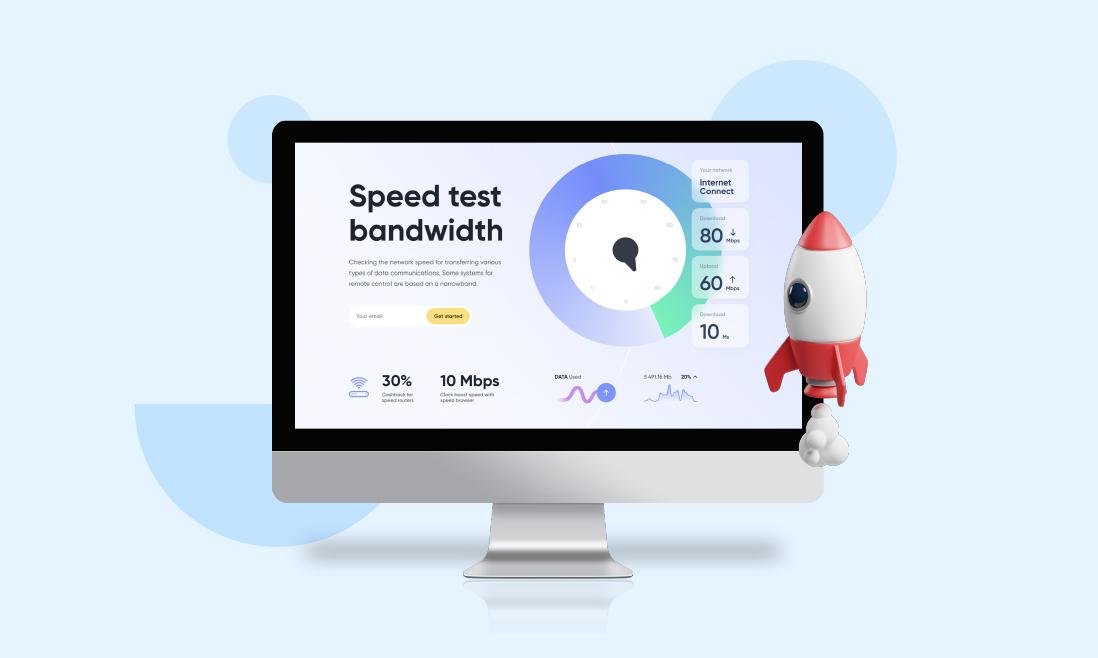
Understanding the Impact of Website Speed on SEO Rankings
Website speed acts as a vital cog in the machinery of search engine optimization. Search engines, especially Google, prioritize user experience, and a faster website usually means a better experience for visitors. When your site loads quickly, it reduces the bounce rate and encourages users to explore more pages. Additionally, research indicates that sites loading in under two seconds have a higher chance of ranking favorably in search engine results. A slow-loading site can lead to missed opportunities, as users often abandon websites that take more than a few seconds to load. The correlation between speed and user engagement isn’t just anecdotal; it’s backed by data showing that even a one-second delay in loading time can decrease conversions significantly.
Optimizing your website speed is not just about satisfying search engines; it’s also about building trust with your audience. Factors influencing site speed include image sizes, server response times, and the efficiency of your code. By addressing these elements, you can improve your site’s performance. For a deeper understanding, consider the following optimization strategies:
- Compress images and use modern formats (e.g., WebP).
- Minimize HTTP requests and utilize browser caching.
- Implement a Content Delivery Network (CDN) to distribute content efficiently.
To further illustrate the relationship between speed and performance, refer to the table below showcasing the impact of load times on average conversion rates:
| Load Time (Seconds) | Average Conversion Rate (%) |
|---|---|
| 1 | 32% |
| 2 | 26% |
| 3 | 20% |
| 4 | 15% |
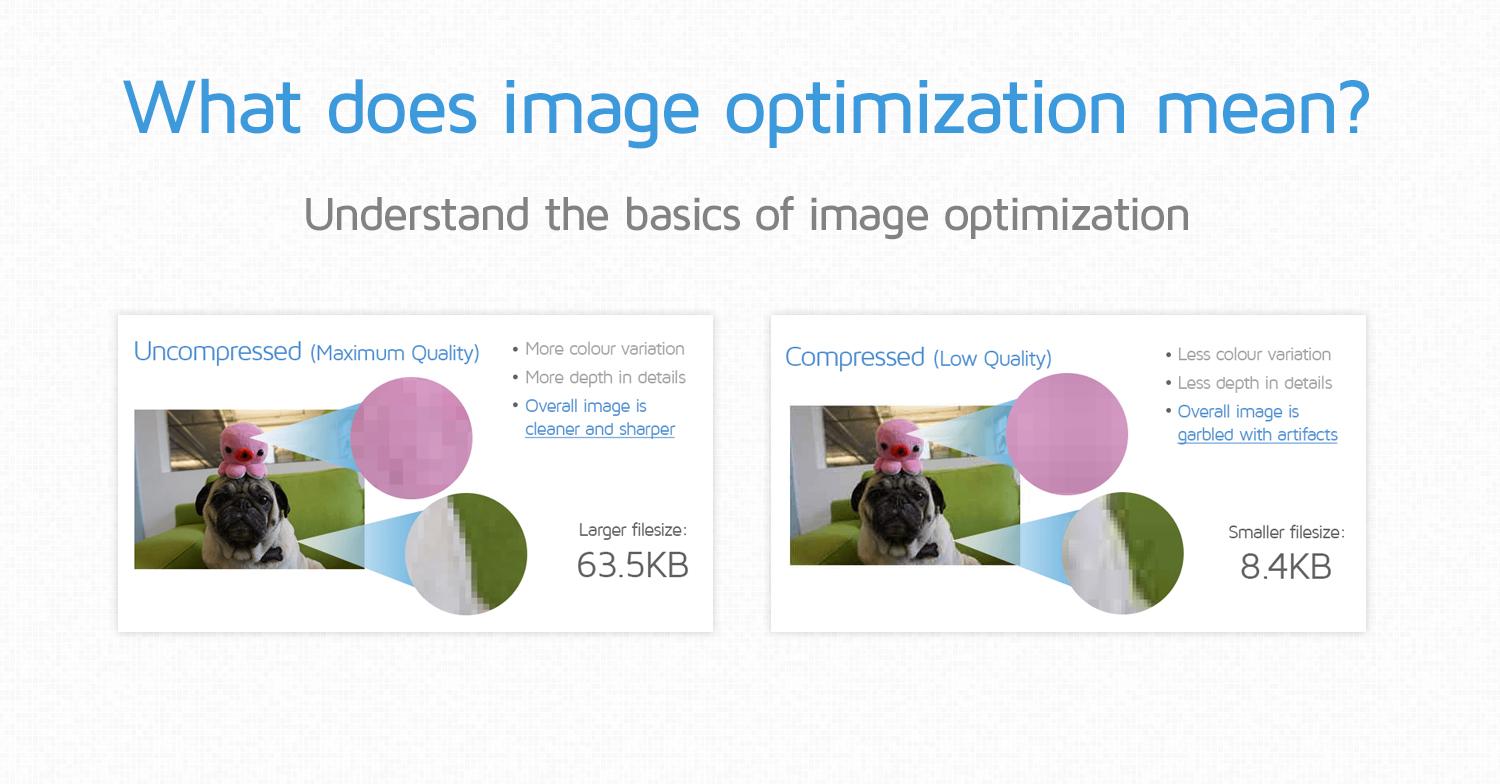
Key Techniques for Effective Image and Resource Optimization
Optimizing images is crucial for enhancing website speed and overall performance. Begin with compression to reduce file sizes without sacrificing quality. Tools like ImageOptim or TinyPNG are excellent for this purpose. Furthermore, choose the right format to match your image content: JPEG is great for photographs, while PNG is ideal for graphics with transparent backgrounds. Implementing responsive images using the srcset attribute allows your site to serve appropriately sized images based on the visitor’s device, ensuring faster loading times.
In addition to image optimization, managing resources effectively plays a significant role in speed improvement. Minify CSS and JavaScript files to decrease their size and loading time. Utilize tools like UglifyJS and CSSNano for this purpose. Employing a Content Delivery Network (CDN) can drastically reduce latency by caching content on servers closer to your users. To illustrate the impact of these strategies, consider the following table showing potential performance gains:
| Optimization Technique | Potential Speed Increase |
|---|---|
| Image Compression | 20-50% |
| CSS & JavaScript Minification | 10-30% |
| Using a CDN | 30-60% |
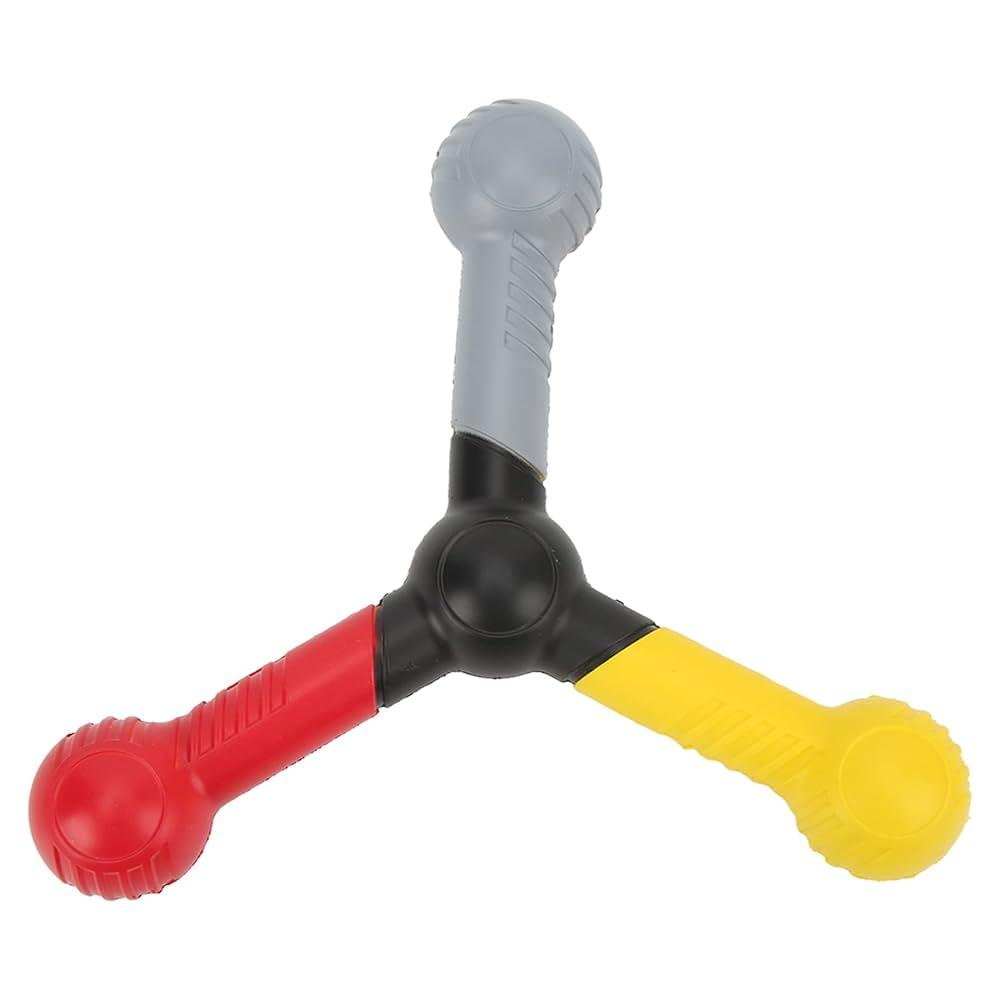
Utilizing Tools and Analytics for Continuous Speed Improvement
Leveraging a mix of advanced tools and data-driven analytics is vital for achieving continuous speed improvement on your website. By integrating performance monitoring and optimization tools, you can gain deeper insights into your site’s loading times and pinpoint exactly where bottlenecks occur. Consider utilizing Google PageSpeed Insights, GTmetrix, and WebPageTest to assess your website’s performance metrics. These tools not only provide valuable speed scores but also highlight specific areas for enhancement, such as optimizing image sizes, leveraging browser caching, and minifying CSS and JavaScript files.
Moreover, keeping a regular schedule for analysis and updates will help maintain speed and performance gains over time. Daily, weekly, or monthly evaluations, depending on your website’s activity level, can help in tracking the effects of applied measures. To assist in organizing this process, here’s a simple table outlining key metrics to monitor:
| Metric | Tool | Frequency |
|---|---|---|
| Page Load Time | Google PageSpeed Insights | Weekly |
| First Contentful Paint | GTmetrix | Monthly |
| Time to Interactive | WebPageTest | Every 2 weeks |
By consistently monitoring these performance metrics, you can stay ahead of potential slowdowns and continually enhance the user experience on your website.
In Summary
In a digital landscape where every millisecond counts, mastering SEO website speed optimization is akin to discovering a hidden treasure. The techniques and strategies discussed throughout this article aim not only to enhance your site’s performance but also to improve user experience, search visibility, and ultimately, your bottom line. By embracing these best practices, you empower your website to not only load faster but also to leave a lasting impression on visitors.
As we conclude, remember that speed is not just a number—it’s the heartbeat of a successful online presence. Continuous monitoring and adaptation are crucial; the digital realm is ever-evolving, and your website should evolve with it. So, take these insights and embark on your journey to speed mastery, ensuring that your site stands out in a crowded online world. After all, in the quest for digital excellence, every second saved is an opportunity gained. Happy optimizing!


